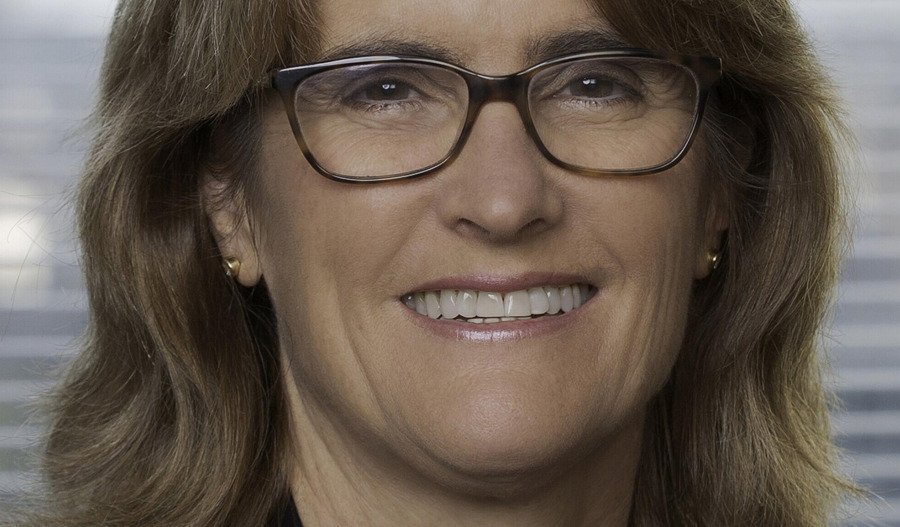Global foreign exchange markets experienced a spike in volatility earlier this month as traders assessed the potential fallout from the United States’ sweeping tariff announcements, according to Reserve Bank of Australia (RBA) Assistant Governor Christopher Kent.
During an address to the Australian Financial Markets Association and Bloomberg, Kent acknowledged "the sharp rise in volatility in foreign exchange (FX) markets in early April as markets incorporated announcements about the U.S. administration’s tariffs and the subsequent ebb and flow of related news.”
He noted that the Australian dollar fluctuated within a range of four U.S. cents, suffering its largest daily decline of 4.5% against the U.S. dollar outside of the global financial crisis.
Volatility measures in FX options surged to levels last seen during the pandemic, while liquidity conditions in currency markets deteriorated markedly.
The United States imposed hefty tariffs on numerous countries on 2 April, triggering widespread disruption in financial markets.
The U.S. dollar index has fallen 4.8% since the tariff announcements, even though Trump attempted to ease concerns by granting a 90-day reprieve to most nations to negotiate the levies.
Kent also highlighted the growing influence of superannuation funds on Australia’s foreign exchange markets, saying, “The growth of superannuation funds since 1993 and their rising offshore investments have significantly shaped Australia’s balance of payments. Super funds’ offshore asset allocation has increased from nearly one-third in 2013 to about half in 2024. As a result, super funds now account for a substantial share of Australia’s capital outflows.”
He further explained that as super funds accumulate foreign currency assets, they hedge a significant portion of their FX exposure using instruments like FX swaps. “Given the large increase in super funds’ offshore assets, the extent of foreign currency assets hedged has more than quadrupled since 2013.
"This has made the super funds natural counterparties to domestic banks, which are hedging their FX exposures arising from issuing debt offshore in foreign currency terms.”
The RBA is set to hold its next policy meeting on 19-20 May, where it is widely anticipated to cut interest rates. According to the RBA Rate Tracker, as of 28 April, there is a 59% probability of a 50-basis-point cut to 3.60% at the upcoming RBA Board meeting.



